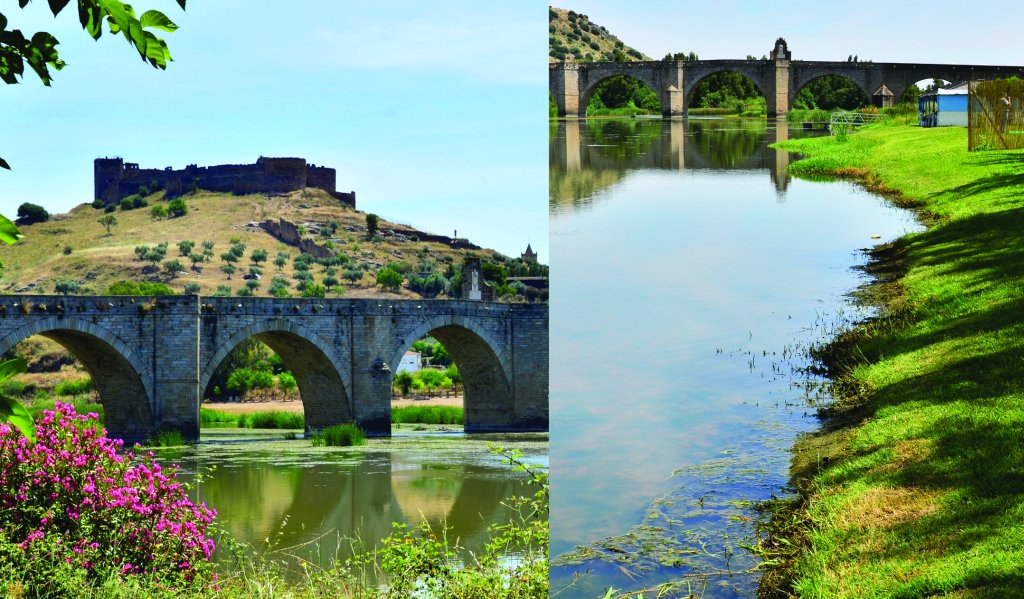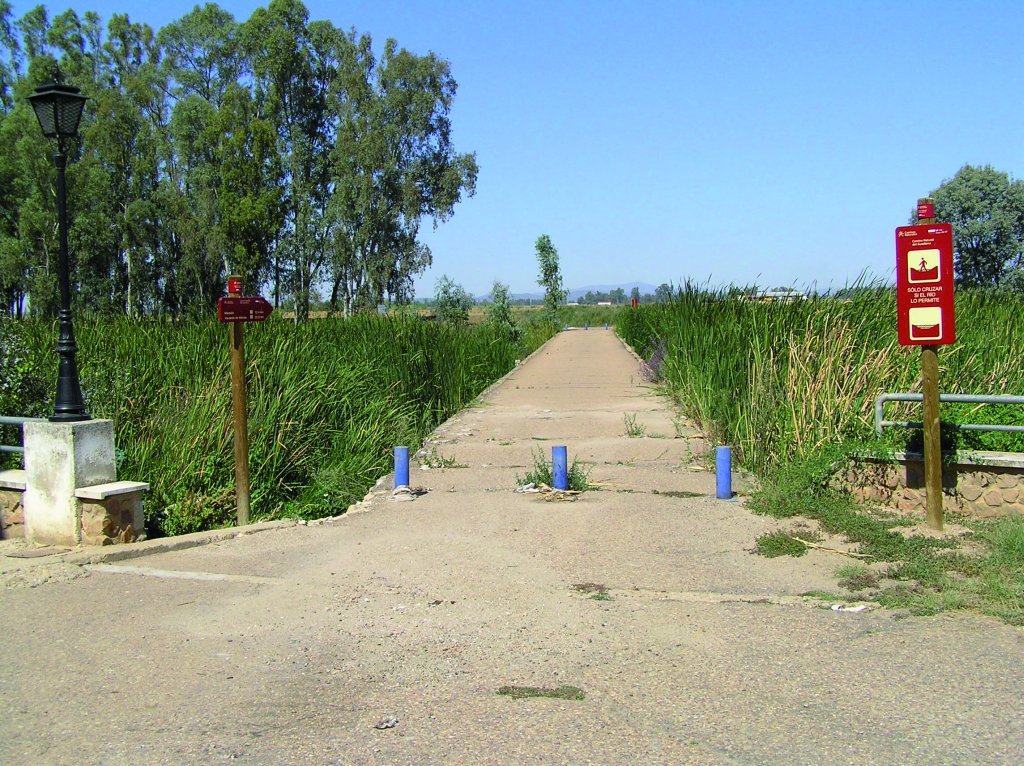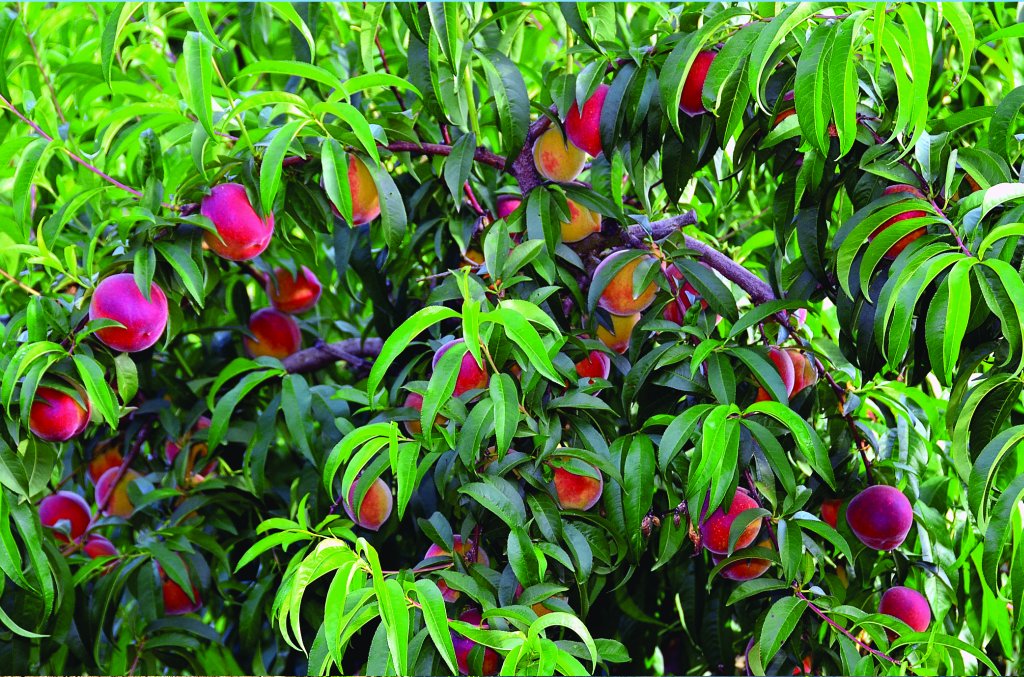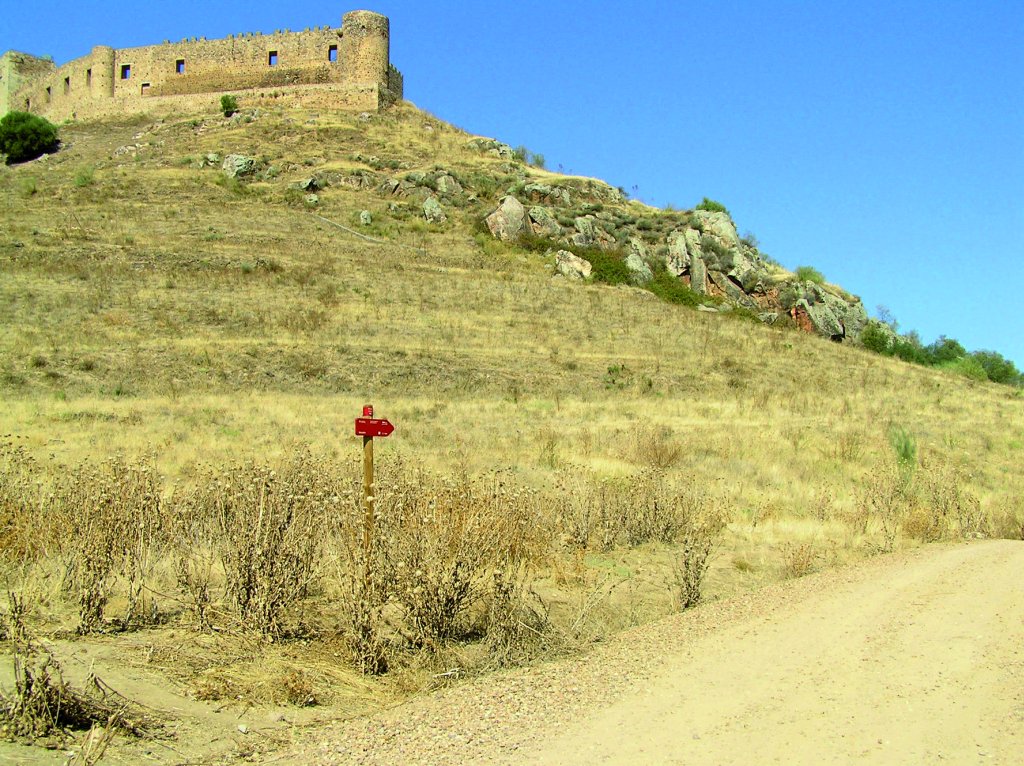Stage 28: Medellín - Valdetorres
Description

The agricultural world of Vegas Medias del Guadiana, steeped in history
This Sections runs from the historic city of Medellín, strategically located on the banks of several rivers. Nestled into the hill, it controlled the roads from its perch. The route necessarily passes through the bridge over the Guadiana, and traverses through irrigated lands, wedged between this river and its tributary, the Guadámez.
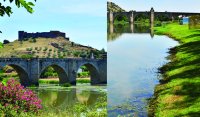
This Stage begins near the castle, at Medellín's perfectly well-maintained rest area, where the previous Stage ended. The route heads west, down the hill on which the castle is situated, towards the River Guadiana, along whose left bank it runs on a hiking path.
The traveller has the opportunity to bathe in its famous beach. Medellín's beach on the River Guadiana, near the Austrias Bridge, is well equipped with showers and a lawn area where one can spend a pleasant and refreshing day. Angling is practiced throughout the year at this fishing reserve, as its waters abound in different fish species, including spotted leporinus (Leporinus maculatus), carp (Cyprinus carpio), Valencia barbel (Luciobarbus guiraonis) and pike (Esox lucius), Other species, such as the red swamp crayfish (Procambarus clarkii)can also be found here.
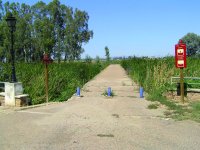
The Stage traverses through two natural Sites of Community Interest: “Río Guadiana Alto-Zújar” and “Río Guadámez”. The latter is a tributary of the left bank of the Guadiana. It rises in Tierra de Barros, and flows southeast-northwest across La Serena County. Its banks are populated with highly developed, thermo-Mediterranean gallery forests, as well as large ash (Fraxinus sp.) Woods.
Two types of turtle species stand out as representative of the fauna: European pond turtle (Emys orbicularis) and Mediterranean turtle (Mauremys leprosa). They are usually found close to the banks of rivers and ponds, basking in the sun during the warmer hours of the day. The rest of the riparian fauna consists of otters, red swamp crawfish, barbel, Iberian barbel, and a variety of scrub bird species (nightingales, blackbirds, chickadees, etc.).
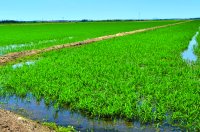
As the route drifts away from the river, the dehesa becomes the predominant ecosystem. The bulk of the protected area lies at the confluence of the Guadiana and Guadámez rivers. Nonetheless, the area faces challenges owing to the extraction of aggregates from gravel pits.
Irrigated crop fields appear on both sides of the Trail at the end of the site known as "La Isla”. The route continues along a dirt track that gradually approaches the River Guadiana, until it runs parallel to the river at a fishing zone.
The Stage crosses over the River Guadámez, where a sign warns of the danger of crossing the river when rain-swollen. From here, the route traverses through irrigated fields of rice and corn, always along the left bank of the Guadiana, and continues until it reaches a crossroads, where Sections 28 and 29 share the path leading to and from Valdetorres. One may continue straight to the next Stage towards Valverde de Mérida, although the route officially at Valdetorres.
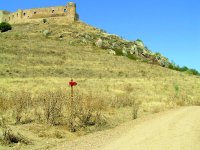
Those who wish to complete Stage 28 must continue towards Valdetorres, venturing through irrigated fields for 4 km, until a crossroads with the county road BA-142. It follows this road for about 500 m, and then turns onto a dirt road leading to the clearly marked bridge over the River Guadámez.
There is a rest area with a bathing zone. The town may be accessed via the aforementioned bridge.
Sites of interest
Profile
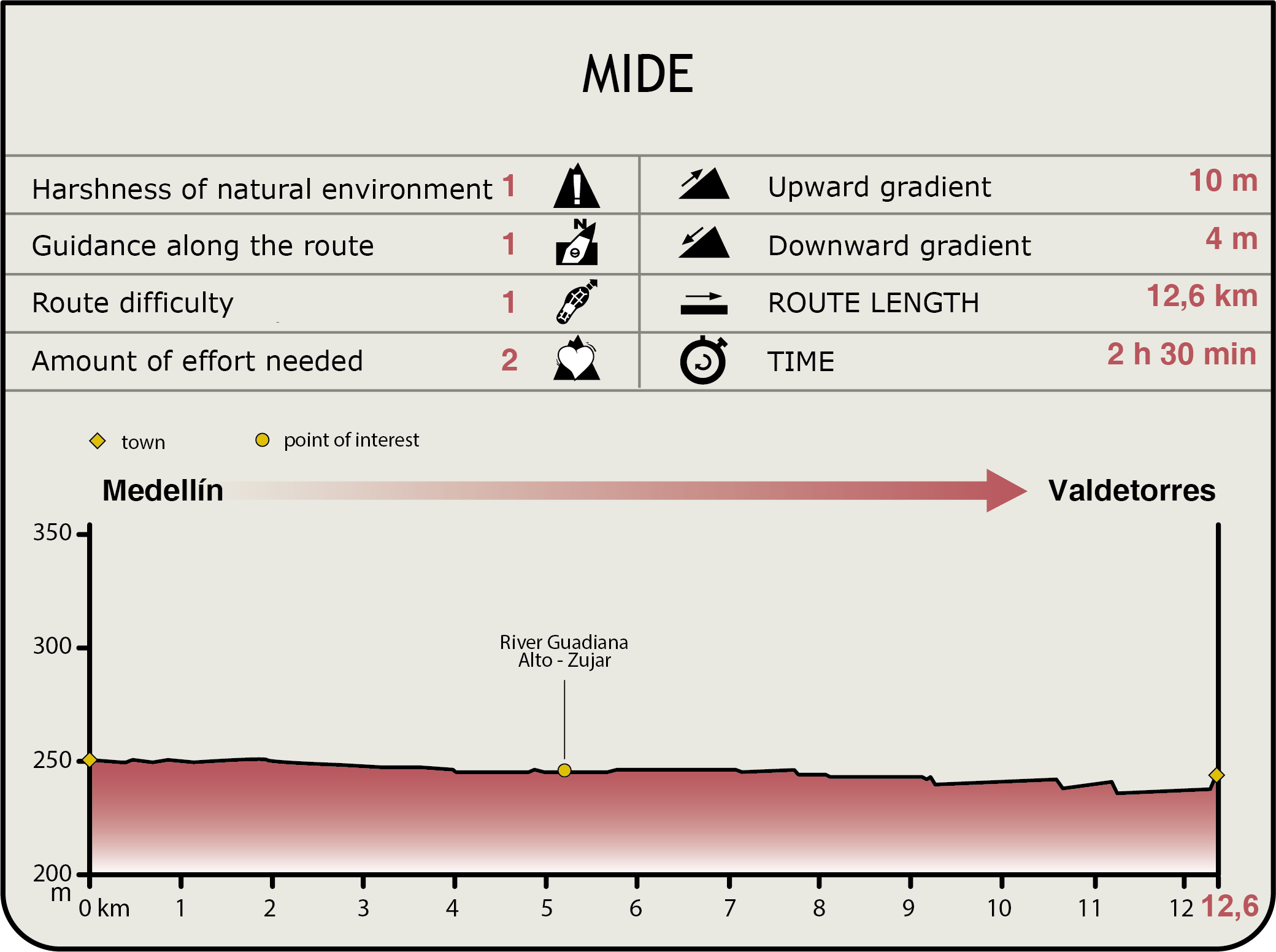
MIDE (Method for the Information of Excursions)
Featured
Further information
Historic Medellín
It originally most likely was a large agricultural and metal-producing centre, from where much of the territory, known today as "Vegas Altas", was controlled. A significant Tartessian treasure trove was discovered in one of its necropolis, including gold and silver jewellery, and ivory and ceramic household objects. These objects are currently on display at the National Archaeological Museum in Madrid.
Medellín owes its name to the Roman consul Quintus Caecilius Metellus, who founded this settlement around 79 B.C. A Roman theatre is nestled into the hillside where the castle stands. The auditorium rests on a natural slope to provide stacked seating. The bulk of the theatre's ashlars were reused to build the fortress.
There are also remains of what could be a Roman bridge. However, the current bridge on the Guadiana was completed in 1630, as stated in the marble plaque with the coat-of-arms of the Austrias.
Medellín castle is perched atop a steep mountain. It has undergone major changes owing to the successive occupations and uses.
Although the parish church of San Martin dates back to the thirteenth century, only a few elements remain from that period. Inside the church is the baptismal font where Hernán Cortés, the conqueror of Mexico, is said to have been baptised. There is a large statue of the town's most illustrious son in the square.
Near the town, at the foot of the Austrias Bridge, on the left bank of the Guadiana, is Medellín's famous river beach. Equipped with all kinds of services, it has long been a landmark for the inhabitants of the neighbouring counties.
